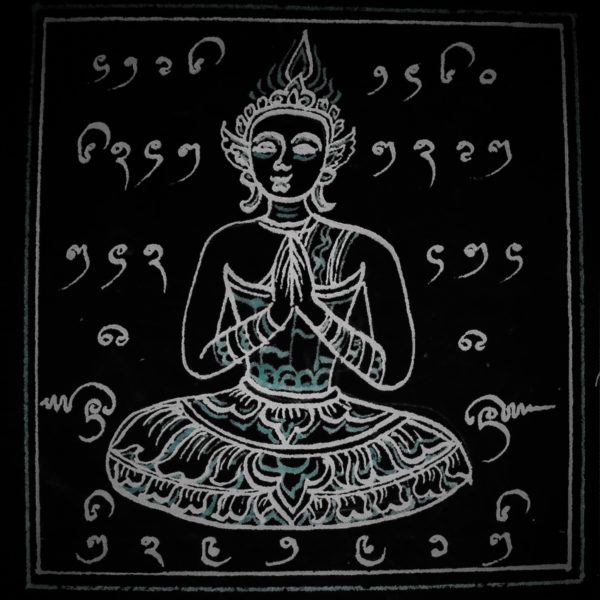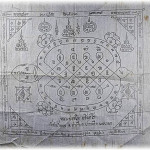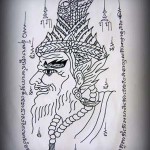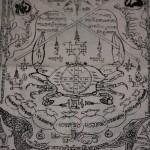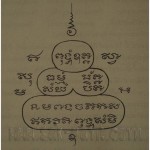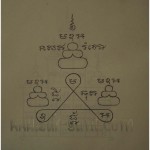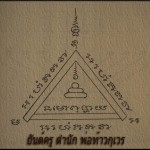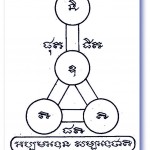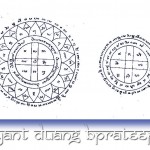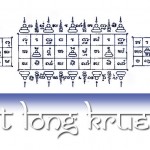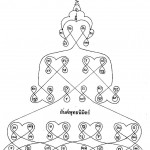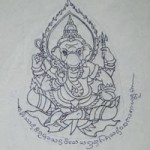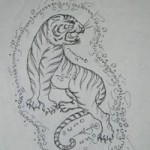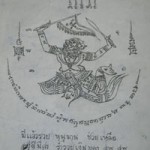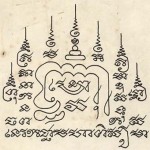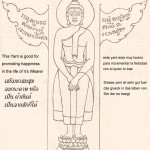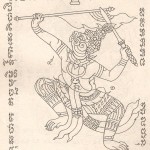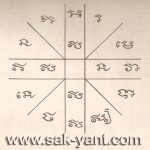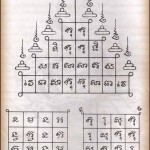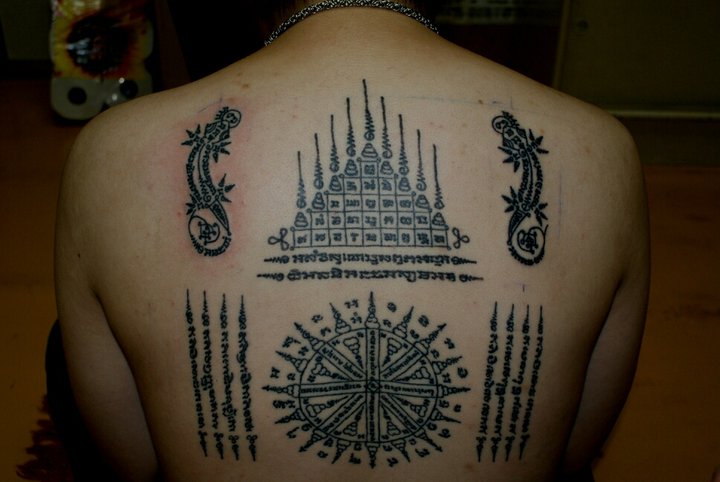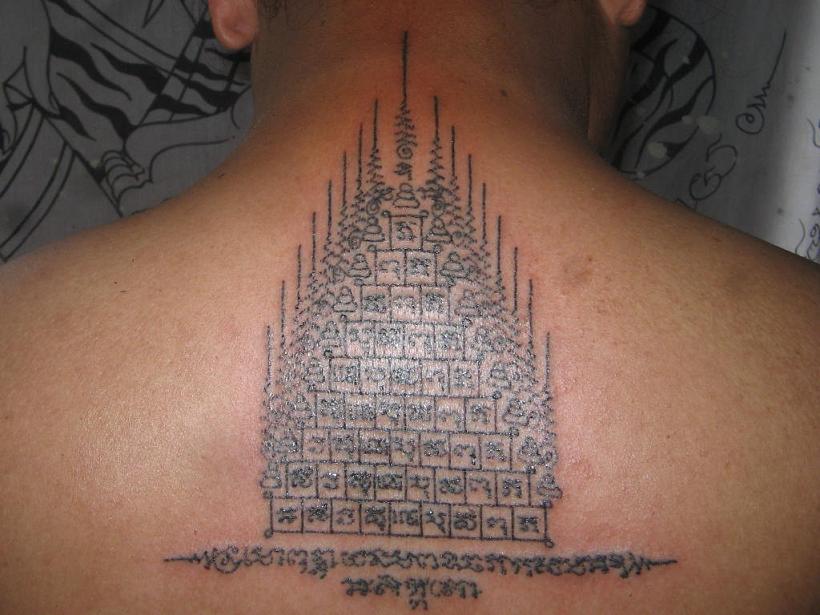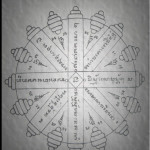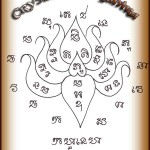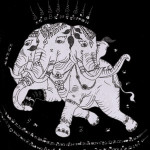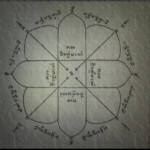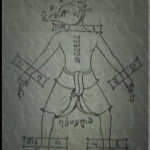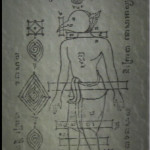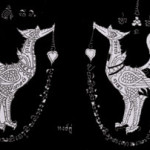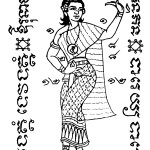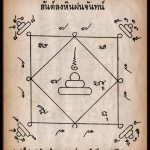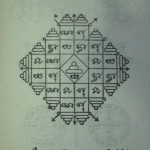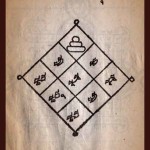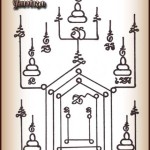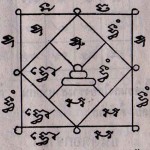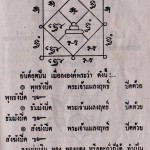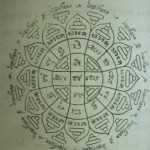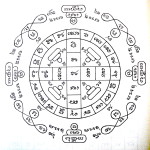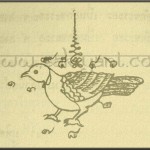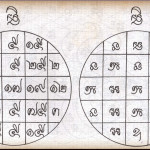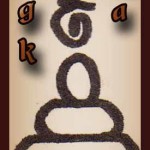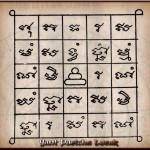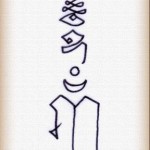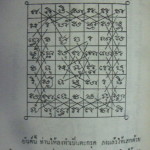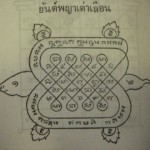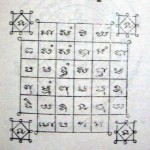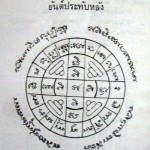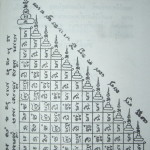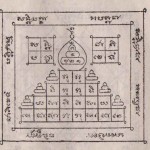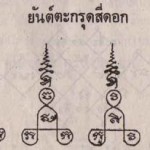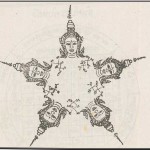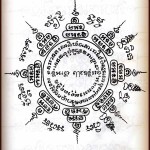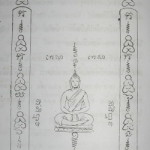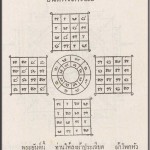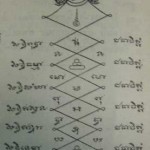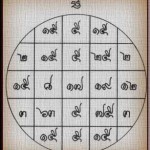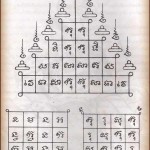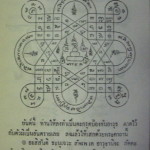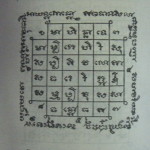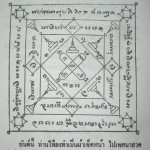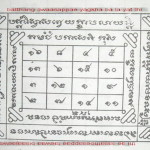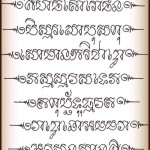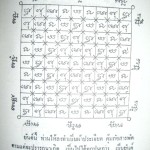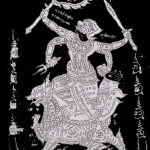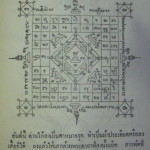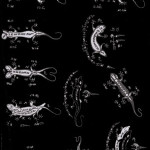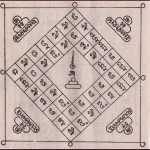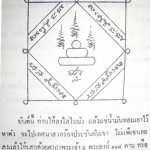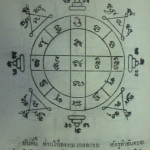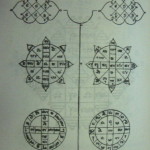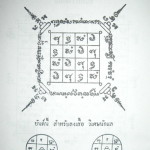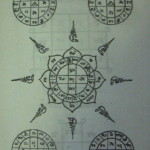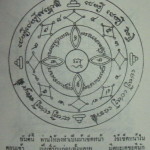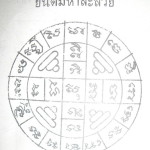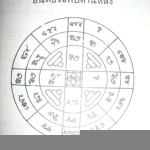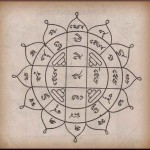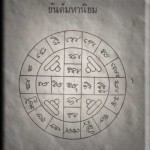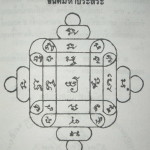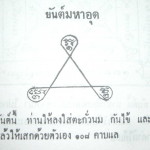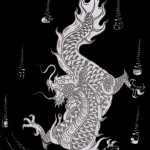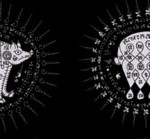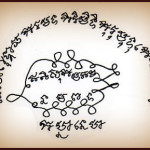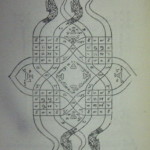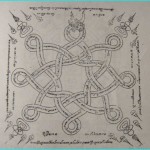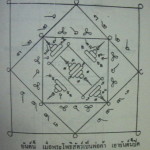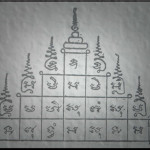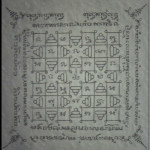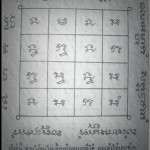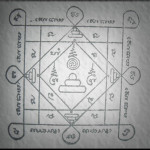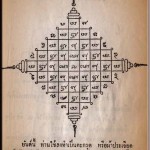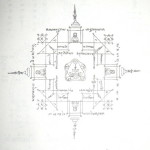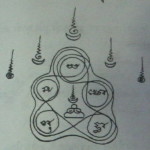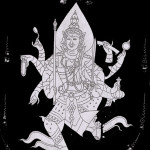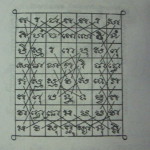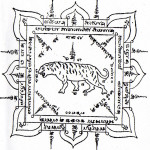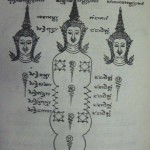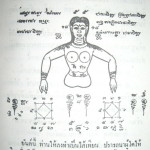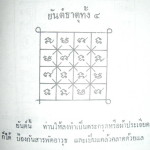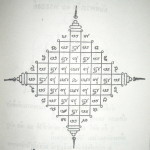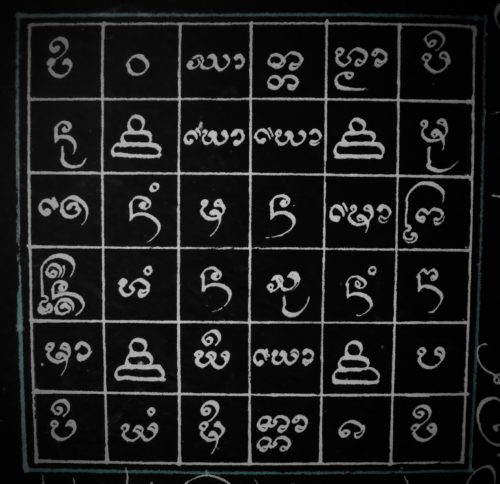
What is a Sacred Yant?
What is a Yant? A Yant is a Sacred geometry design incorporating Buddhist psalms and magical formulas that invoke various elements and powers of protection and various blessings.The Buddhist psalms written within and around these Yant are known in Thai language as “Kata”. A Kata is what we might call in the West a “Mantra”; the word Mantra, is a Sanskrit word meaning “prayer”. The casting of a magic spell is similar to the recitation of a Mantra in the sense that the concept of invocation/evocation is inflected in order to achieve a certain result.
The ancient tradition of tattooing Sacred Yant is probably at least one to two thousand years old.The oldest definite historical evidence of Sak Yant being practiced in Thailand dates back to around the times of King Naresuan Maharaj, around the time that the kingdom of Ayuttaya was still in it’s golden age.The warriors were tattooed with Yant and also wore “Suea yant” (yant shirts, that had protective designs intended to ward off the blows of sharp weapons inscribed all over the surface).
The Yant designs themselves are not the only element necessary to enable the magic power believed to be contained within these sacred geometrical designs.The casting of the “Kata” (called “Bpug Sek Kata” in Thai), is also considered essential in order to activate the magic power within the Yant.
This is done by entering “Samadhi” and visualizing the necessary elements that should be active in the Yant. It is considered necessary for the person performing (and the person receiving too) to have “Sin Haa” (five precepts), which are the five basic precepts for all Buddhists to live their lives by. This minimum level of purity should prevent the Yant falling into entropy (called “Sueam” in Thai).
THE DESIGN PANTHEON
The amount of designs to be found in Thailand’s sak yant offices are many, and differ from “samnak” to “samnak” (from master’s office to master’s office).
A general selection of the most common Yant to be found tattooed on most devotees is documented here in this section.
- Yant Paya Tao Ruean – Luang Por Sanit
- Yant Siarn Lersi Por Gae
- Yant Pu Hneeb
- Yant Ongk Pra
- Yant Maha Amnat
- Yant Pra Trai Pidok
- Yant Putta Nimit – Buddha Apparition Yantra
- Yant Pra Pikanes
- Yant Suea Liaw Hlang
- Yant Putsoorn Pra Jao Ha Pra Ongk
- Yant Wachai
- Yant Bpathamang See Daan No. 4
- Yant Duang
- Yant Gao Yord
Yant Gao Yord/Jeesip Yord
Gao Yord (meaning nine spires/peaks), is normally the first Yant to recieve as a tattoo.For this reason it is also known as “Yant Kroo”,meaning “master yant” or “teacher Yant”.
Reason being, that this is the tattoo that permits you to enter into the lineage of masters, after which you are a disciple and entitled to recieve further yant with the protection of Yant Kroo.
Yant gao Yord represents the nine peaks of Mount Meru, the sacred mountain with four Continents at the center of the Universe.Usually tattooed on the nape of the neck, it is then normally followed by “Jee Sip Yord” (20 peaks), a series of twenty Buddha images with small spires pointing upwards.
These spires are known as “Unalome” and represent the crown of the Arahants (Enlightened Saints), the spiral stands for the crown at the center of the scalp, and the straight line pointing upwards, representing the straight path to Enlightenment without any wavering behavior, that the Arahants have accomplished.
There are several different versions of Gao Yord, depending on the Master who makes it.The “kata” (mantras) differ in content.Some versions have the lettering contained within a magic square of boxes,whereas some are constructed entirely of lettering.
There are also various secret symbols and personal marks which are incorporated into Sak yant, which are peculiar to each Master. In the case of those masters who perform under the Por Gae Deity for example, it is normal to use three dots as the trademark symbol of Por gae Ruesi ta Fai.
Common Designs to be seen often tattooed on the back
- Yant Gao Yord (Nine Spires)
- Yant Sarigaa Kuu (lovebirds pair)
- Yant Paed Tidt (eight directional yant)
- Yant Moo Tong Daeng (copper pig – wild boar)
- Yant Hanuman (Monkey general)
- Yant Ngop Nam Oy (Round Compassion yantra for shoulderblades)
- Yant Maha Ud (square or triangular Gunstopper Yant)
- Yant Suea Paen (leaping Tiger)
- Yant Hongs/Hongsa (Peacock)
- Yant Mae Tap (Guardian Yant – small pyramid-like design for the lower spine)
- Yant Puttsoorn (five buddhas concentric lettering yant – a favourite of HP Phern)
- Dam Der (small human like angel with two swords over his head or his arms either side)
- Hanuman Chern Tong (hanuman waving battle flags)
- Yant Dork Bua (Lotus Yantra)
- Yant Bpaed Daan (Eight Sided yantra)
- Yant Grao Paetch (Diamond Armour yantra)
- Yant Suea Koo (pair of Imperial Tigers)
- Yant Chang Erawan
- Yant Ga Sak Noi
- Yant Ga Sak Yai
- Dancing Deity Yantra
- Yant Suwanna Bpoedok
- Yant Bpanja Mukhee
- Yant Gao Yord and 2 Pratap Hlang Seals – for sealing the spell – usually added to the shoulder blades beneath the Yant in Sak Yant Thai Temple Tattoos. Otherwise inscribed on the rear face of the Yantra Foil for Takrut amulets
- Yant Moo Tong Daeng
- Yant Paya Nakarach
All rights reserved © www.sak-yant.com Sak Yant Thai Temple Tattoos, Bhuddhist Tattoos, Khmer Sanskrit Tattoos
